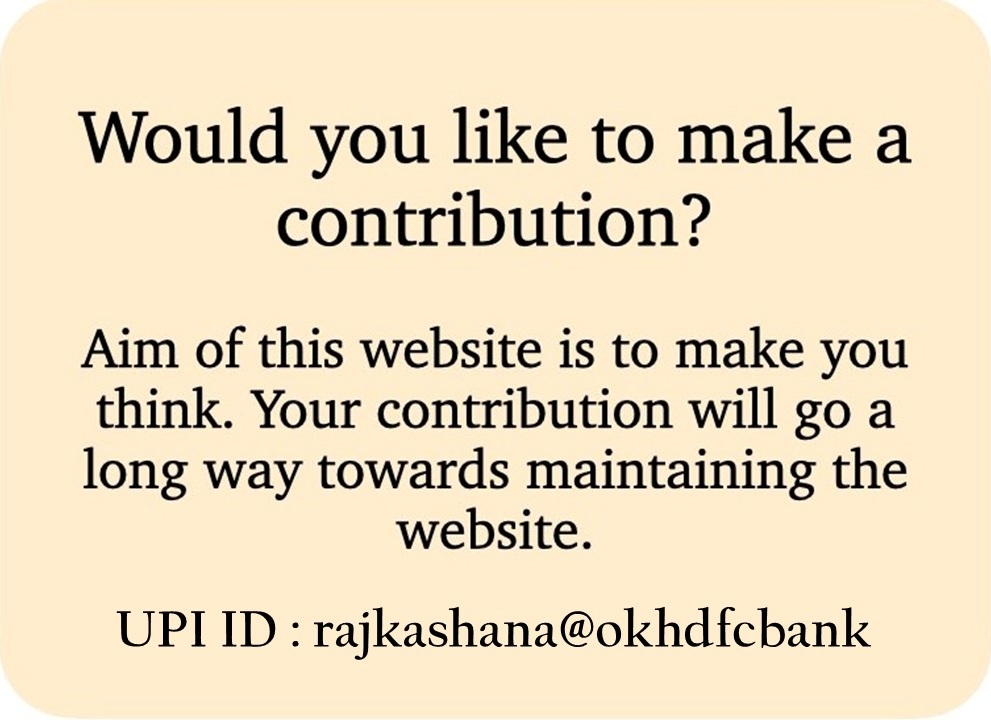When I was a Ph. D. student at the University of Pune (now Savitribai Phule Pune University), our Physics department was one of the best funded departments, thanks to the untiring efforts of Prof. V. G. Bhide1 who convinced the funding agencies and won generous grants for the department. As a result, we had access to some of the best journals like Physical Review, Science, and Nature. Still, there were many journals that we did not have access to and we had come up with alternative solutions.
Whenever someone from the department was going for a visit to one of the big institutes like Tata Institute of Fundamental Research (TIFR) or Indian Institute of Science (IISc), she would be carrying a list of references from friends and colleagues. She would have to set some time aside to go to the library and photocopy the research papers.
I used to hunt for websites of scientists working in my research area. I would email them asking for papers and they would always be generous enough to send the preprints by post. When journals came online, they would send pdf files. Later, when I was doing postdoc in Europe, I would regularly get requests from India for research papers and I was happy to pay it forward.
Subscriptions fees most research journals are exhorbitatly high, especially for institutional subscriptions. And if you want to buy a single research paper, it may cost anything from $25 to $70 and sometimes the access is limited only for a day! So researchers in smaller institutes and universities in India have no choice but to resort to methods like those described above. Untill now.
On Nov 25, 2024, the Government of India, under the visionary leadership of PM Modi Ji took the historic decision to subscribe to over 13,000 e-journals from 30 major international publishers via INFLIBNET. With a budget allocation of ₹6,000 crore ($715 million) for 3 years, the journals covered in ONOS span a wide range of disciplines, from science and technology to humanities and social sciences.
Launching in January 2025, ONOS will benefit over 6,300 institutions including universities, research organizations, and colleges across India. It will be particularly beneficial for institutions in Tier-2 and Tier-3 cities, where access to international research journals was restricted. According to IIM Mumbai, ONOS could reduce research expenses by 18%.
The importance of this decision for Indian researchers cannot be overstated. Research in any field has become highly competitive and new breakthroughs sometimes happen on a weekly or monthly basis. Having access to latest research journals is an absolute necessity for researchers, without which they are severely hampered.
The invention of the printing press brought knowledge to masses. The ONOS initiative will democratise access to knowledge so that every student, professor, and scientist in India will have free access to the latest research in her field. This step will go a long way towards advancement of research in India.
Farm life and asthma

The farming in Bavarian hills has not changed much in the last 100 years, with mothers tending to barns along wih chidren and are in daily contact with cows, pigs and chickens. And the shocking discovery is that the children living on these farms have around the half rate of asthama compared to children living in nearby towns.
What is causing the farm children to be more healthy? It cannot be genetics because people living in farms and nearby towns have the same genetic makeup.
Turns out that the magic ingredient is the dust from the cow barns that is protecting these kids from asthma.
To get slightly more technical, the dust from cow barns contains a substance called endotoxin – the broken up bits of the cell wall of “gram negative” bacteria. When a child is born, her immune system is on high alert, to protect it from all kinds of bacteria and viruses. Later on, the immune system learns to distinguish between real threats and imaginary threats. In asthama patients (and those suffering from allergies), the immune system is always in a aggressive state. The dust from cow barns trains the immune system to be more tolerant and helps it settle down.
Some scientists advise that children and even pregnant women should visit farms and cow barns to help their immune system. India has a great agricultural tradition and farms and cow barns are plentiful. Kindergarten schools can arrange visits to farms and cow barns. Older kids who are interested in farming can also do small projects on farms that will allow them to spend more time in nature.
It is becoming increasingly clear that exposure to natural living – sunlight, soil, plants, and animals – makes children more healthy. Even pets like cats and dogs can contribute to a better immune system for the child.
- ‘Bhide Sir’ as he was known amongst students and colleagues was a great scientist and a visionary. I had the great fortune of attending some of his lectures and one lecture in particular, where he stressed the importance of ‘clarity of thinking’, has helped me in more ways than I can count, including in my writing. It is a mark of great minds that even a morsel of knowledge from their vast reservoir can be life transformative. That’s why books are so precious. Books offer you a direct access to the greatest minds, past and present, irrespective of the separation of space and time.
↩︎
Further Reading
Solving the Asthama Riddle, Elizabeth Finkel, Cosmos Magazine, November 23, 2015.
How farm life prevents asthma, Jocelyn Kaiser, Science, September 4, 2015.



